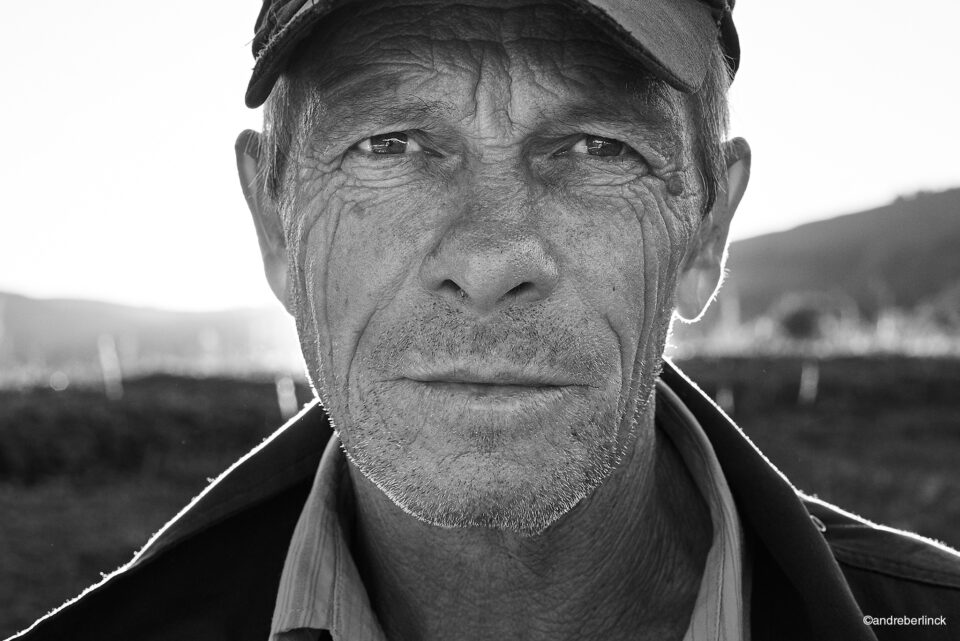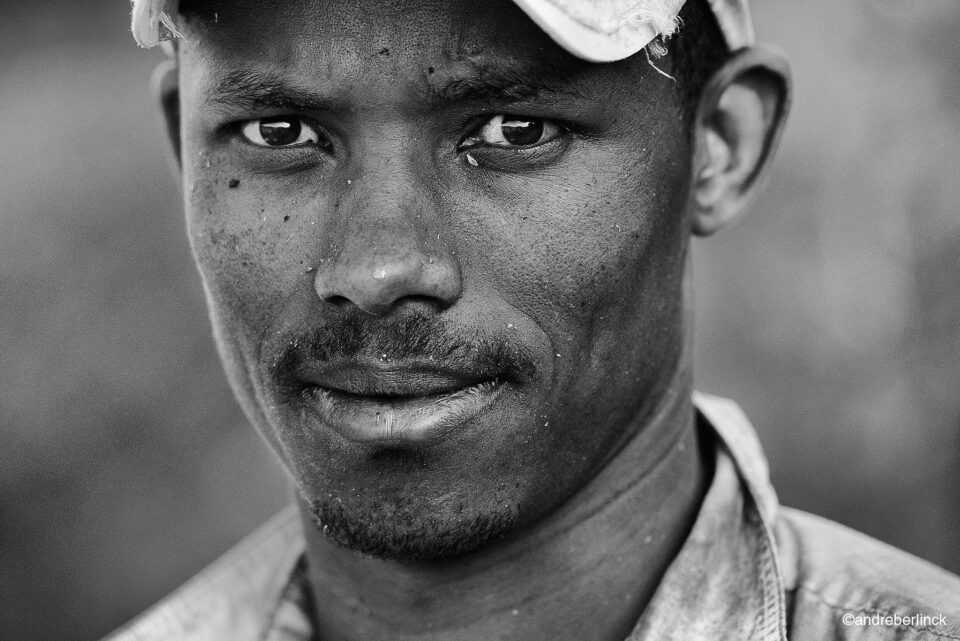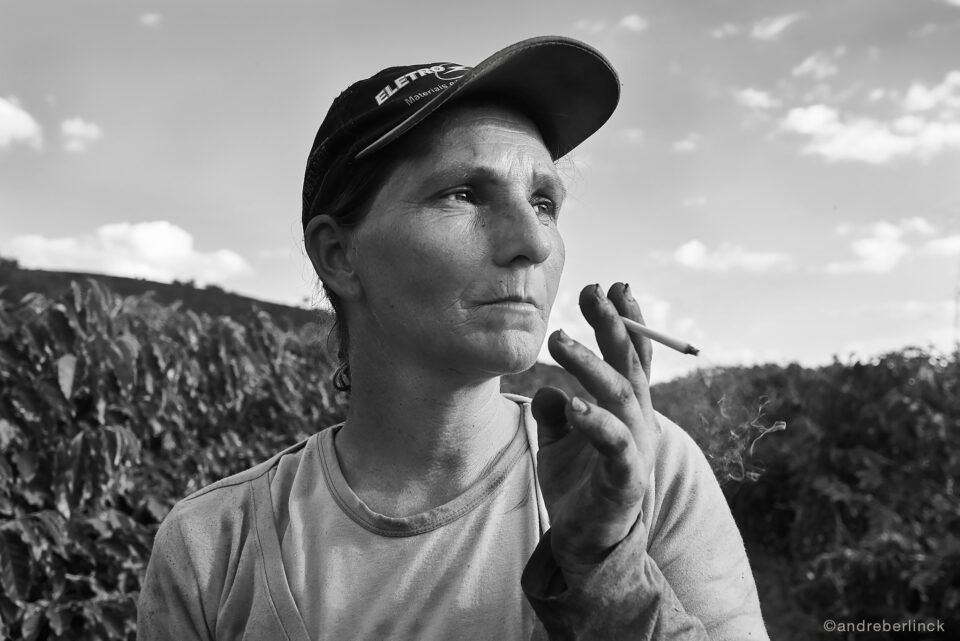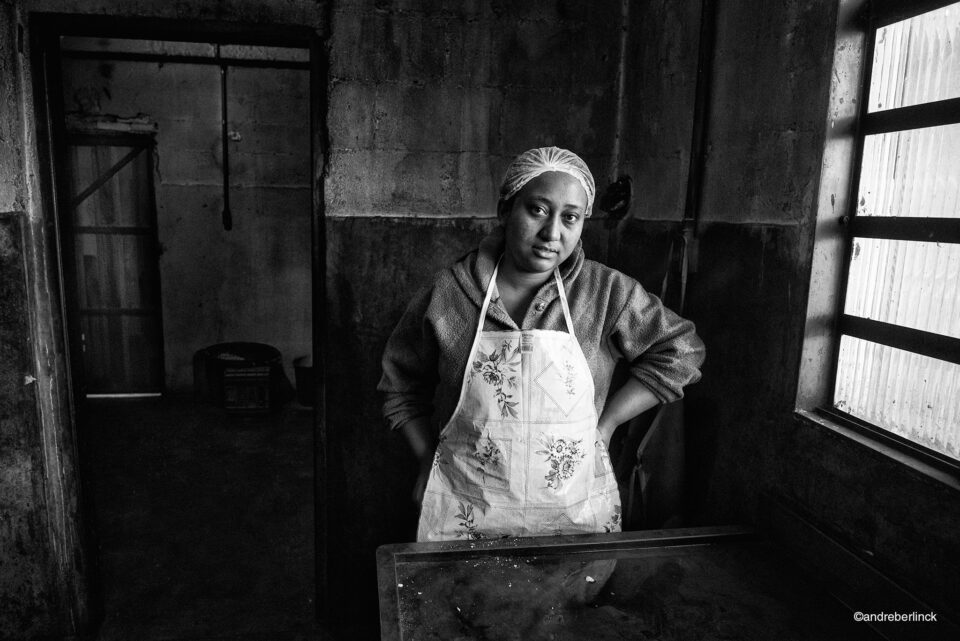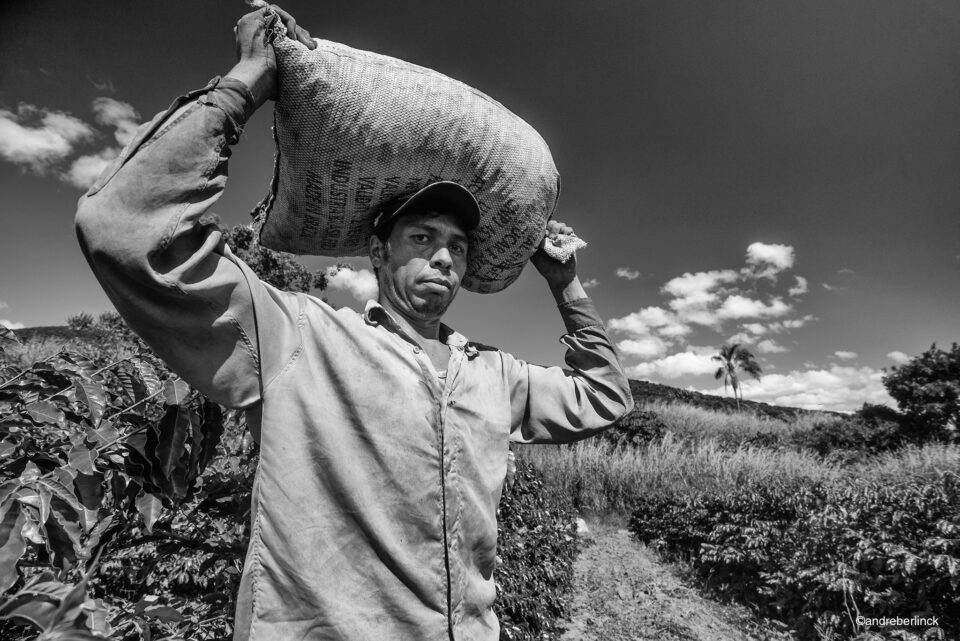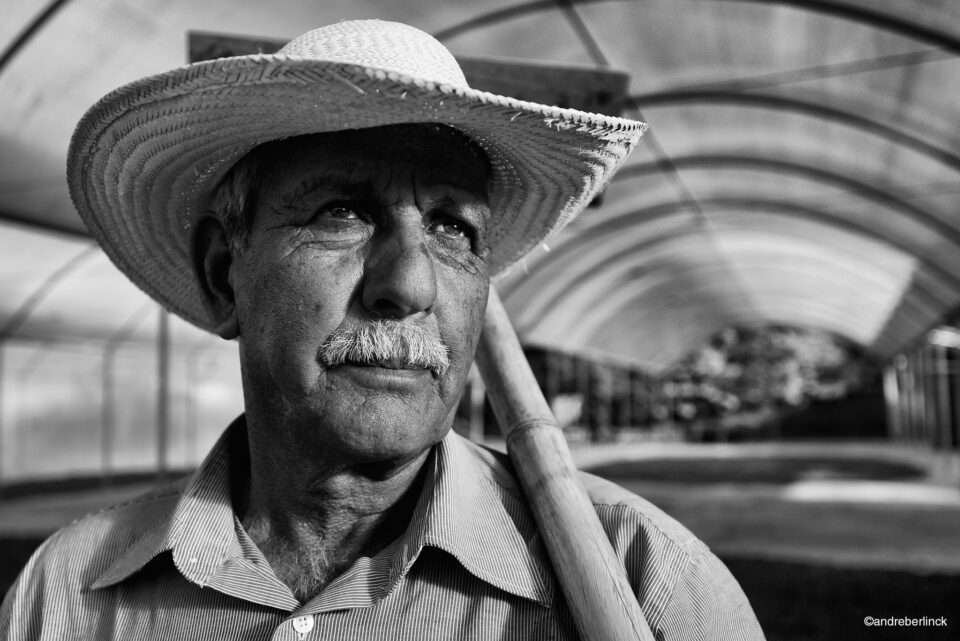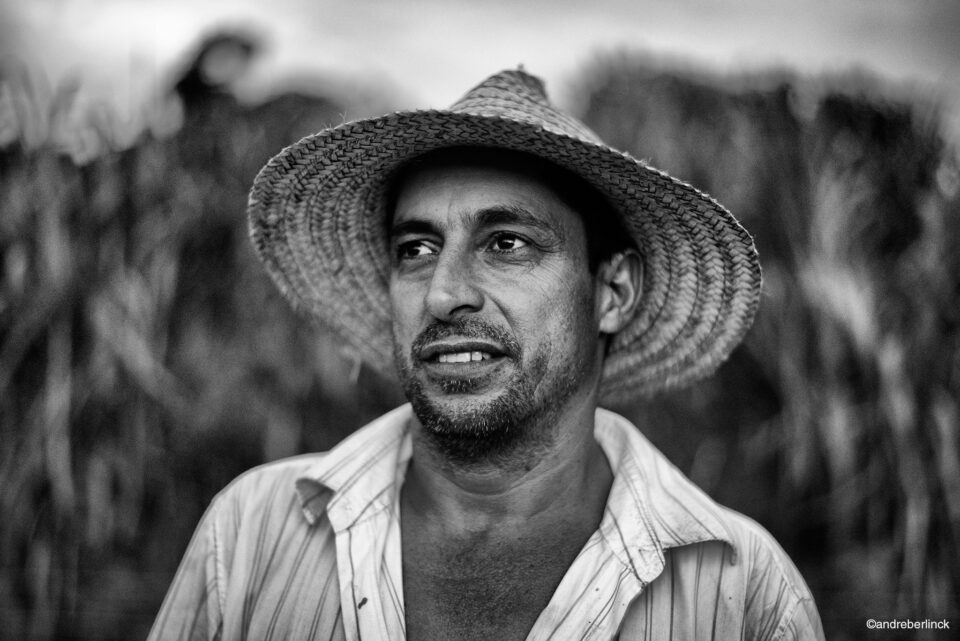Among the many articles I have read here, at Photography Life, the most controversial are the ones that especially call my attention. Despite being against the polemics, I am in favor of sincere dialogue, because through dialogue we can grow internally too. In my opinion, there are several steps that one can take in order to make better pictures. Therefore, I invite you all to carry out a reflection on the subject.
The Theme
The most important initial step is having some sort of a theme to your work (you might even call it a “project”). And the more specific, the better! For example, we can dedicate ourselves to take pictures of birds, but if we create a theme within the subject, our photos will be inherently better, as they will be related through something common. For example, one could study and photograph bird migration patterns, or perhaps photograph ecological problems that impact bird populations. With such themes, a variety of situations that normally would not come to mind when thinking about pictures of birds may emerge, making your work even more interesting.
Themes and photography projects are endless. For example, for portraiture, we can use a theme related to coffee workers and that’s exactly what I have done in this article. It is interesting how the more specific the subject becomes, the more captivating photography can get.
Location
The location is obviously very important – that’s where you shoot. Studying it, learning the best moments and times of light, the great possibilities of varying the angles and the best lenses to use for the particular location will be very important in yielding potentially stunning images. You must also know the location in order to be efficient with your time – the more you know, the faster and easier you will be able to execute a project. In the choice of lenses, you must take into account your theme / project, because depending on your approach, things like angle of view, focal length and maximum aperture might vary and change. In the case of coffee workers, for example, I used portrait lenses suitable to my style and I did not just concentrate on the portraits themselves – in many cases, I wanted to highlight the surrounding environment and the working conditions of the workers, which is very important.
The second plan is where we place the subject in the environment and, in this case, a wide-angle might be preferable in order to show what’s going on around the subject. This also does not mean that you cannot use telephoto lenses – sometimes telephoto lenses are even more preferable, as they allow focusing in one particular area of the scene, rather than introduce all the potentially undesirable clutter.
Now that our theme and location are set, it is time to reflect on our possibilities.
Possibilities
Many argue that photography is an elitist profession, full of people with financial possibilities. And it can certainly be true in some cases, especially when it comes to digital photography. If we take two skilled photographers and put them in a jungle in Borneo, Indonesia with different-level equipment and budgets to work with, it is expected that the one with the better gear and resources will yield better photographs. For example, if photographer A has limited gear, such as the Nikon D7100 with a kit 18-55mm lens and say a single telephoto lens such as the 70-300mm VR, with a 7 day deadline, whereas photographer B has a Nikon D5 with a collection of exquisite lenses such as the holy trinity (14-24mm, 24-70mm, 70-200mm), along with high-end super telephoto lenses such as the 200mm f/2, 400mm f/2.8 and 800mm f/5.6, and on top of that has all other tools and resources such as a helicopter, a plane, etc, with unlimited time on his/her hands, it is expected that the latter will produce much better work, simply due to the above factors. So in a way, gear and resources unfortunately do matter when it comes to possibilities, but it does not mean that we should ignore other factors such as knowledge, skill, patience, luck, etc. However, one must evaluate and understand their possibilities and limits – what we can and cannot do with the tools and resources we have today.
Understanding and knowing the tools you have today is very important. For example, if you shoot an event with other photographers who are shooting with 70-200mm lenses and you do not own such a lens, lenses such as the 105mm f/2.8 or other classic portrait lenses can produce similar, if not better quality images. Knowing your lens limitations, you might need to move around more and try different angles, but that’s the beauty – your gear will force you to get more creative than the others, which might actually make your images look better in comparison. If you photograph wildlife, you might not have the $ 10K 600mm f/4 that your neighboring photographer might be shooting with, but slap on a 200-500mm budget lens on your camera body and it is all about the subject and the light at that point. While he will be busy attaching his lens to a gimbal head, you are already out taking pictures hand-held and capturing those unique moments he is missing out on. Sometimes, it is as simple as waking up earlier than others that will give you the advantage. Many photographers are often lazy to get up early, but you know that it is all about that early morning and late afternoon light that makes a picture go from average to superb.
References
Studying good photographers and having references in your head is fundamental in growing your photography. It would be very naive on our part to think that we are the first to conceive this or that project. We should use tools such as Google before making our projects, and references will certainly arise. Nowadays, the level of photography is highly elevated – there are many amazing photographers out there. Right here, at Photography Life, you can find very young photographers who already get it right, whereas for many of us, it took years of practice to get to where they are today…
Studying known photographers and their work is important. If you shoot in Black and White, you should know who Henri Cartier-Bresson, Fan Ho and Sebastiao Salgado are. You should study their work, study their compositions and how they interpreted light. The same goes for all other types of photography – understanding and knowing masters of particular photography genres will help you in shaping who you are today and where you will be tomorrow. It will be a good reference point in your head and it will make you want to get better.
Humility
You might be a great photographer already. You might have the money to buy a high-end camera with an 800mm f/5.6 to parade everywhere you go. However, you might be walking on a thin line with your pride and arrogance, so watch out! At the end of the day, it is not about you – it is about what you can do for the world around you.
Be open and listen to what others have to say, because sometimes a little phrase might be the biggest tip of your life.
Mood
Be an joyful photographer. Look into your heart to see what you should do next, even if you are on your own and nobody wants to support you. Do not let others make your day gray!
And always remember the following:
“Why worry, there should be laughter after pain
There should be sunshine after rain
These things have always been the same
So why worry now”
Mark Knopfler
Happy shooting my friends!
The post How to Improve Your Photography appeared first on Photography Life.

